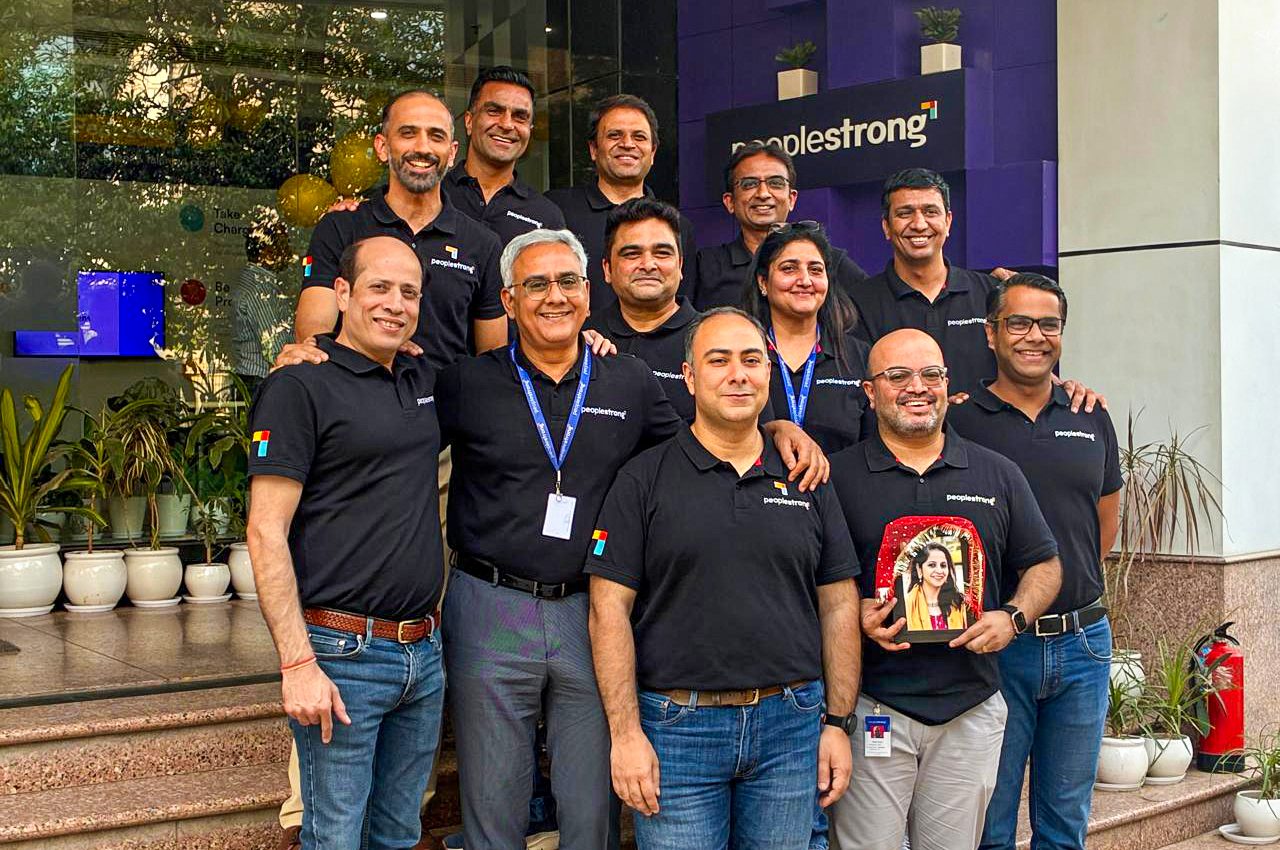Companies grow and thrive when they recruit the best talent. However, the traditional recruitment process is often time-consuming. It can deliver a subpar experience for recruiters and candidates.
Often, it feels like wading through a sea of resumes, constantly scheduling interviews, and leaving candidates waiting for updates. This is a frustrating way to fill open positions.
Fortunately, there is a solution: recruitment automation. A US study showed that in 2023, the top usage of AI in the recruiting process was chatbots and intelligent messaging.
According to a recent Forbes article, nearly 55% of companies are investing in ways to automate the recruitment process. They believe it will enhance efficiency and enable data-driven judgments.
Let us explain what it means, the benefits, and how you can use it to your advantage.
What is Recruitment Process Automation?

Recruitment process automation involves using technology to automate repetitive chores, which often bog down the hiring process.
It is like having an efficient assistant who takes care of all the administrative work. This process frees up your time so that you can focus on the strategic aspects of recruitment, like building relationships with top talent and making informed hiring decisions.
Now, let’s look at how automation streamlines the various stages of the hiring process:
- Job Posting: Now, there’s no need to post openings on multiple platforms manually. With recruitment process automation, you can publish your job ad across all desired channels with just a single click, saving you time and effort.
- Resume Screening: Sifting through hundreds of resumes can be a time-consuming chore. Automated tools can help you by filtering resumes based on pre-defined keywords and skills relevant to the position. This ensures that you only spend time reviewing applications from qualified candidates who are a good fit. The rest of the resumes can be rejected or stored in a recruitment database for future use.
- Interview Scheduling: Scheduling interviews can often involve a lot of back-and-forth communication. Recruitment process automation can simplify this by integrating your calendar and those of your interviewers. The system can then suggest suitable time slots based on everyone’s availability, allowing candidates to choose their preferred time for the interview.
- Communication: It is crucial to keep candidates informed and engaged throughout the hiring process. Recruitment automation allows you to set up automated email templates that send personalized updates to applicants at each stage. This keeps them in the loop and ensures a positive experience.
The Benefits: Why Recruitment Process Automation Makes Sense
Many companies have already realized how to use recruitment automation to their advantage. To take just one example, a leading housing finance company discovered that it could manage 90% of employee queries through AI, reducing dependence on manual interventions.

Here are the benefits of recruiting automation in a little more detail:
- Reduced Time to Hire: Recruitment process automation handles time-consuming tasks like checklists, resume screening, and interview scheduling. It frees you to focus on attracting top talent and making hiring decisions, speeding up the hiring process.
- Improved Cost Efficiency: Automation reduces the time spent on administrative tasks, allowing your team to focus on higher-value activities. This translates to cost savings and better resource allocation.
- Increased Candidate Engagement: Faster response times, automated updates, and a streamlined process lead to a more positive experience for candidates. Automation keeps them engaged throughout the hiring process.
- Reduced Bias: Automation uses objective criteria like skills and experience during initial screening. This minimizes the impact of unconscious bias based on resumes alone. It ensures a fairer chance for qualified candidates.
These advantages aside, many forces are shaping acquisition technology around the globe today. For example, it helps to understand the technological and social changes that are altering the way recruitment is conducted.

How to Get Started with Automating Recruitment Process
By now, if you’re itching to get started with recruitment automation, here is a handy introductory guide.
Identify Bottlenecks
To begin with, you should analyze your current recruitment process. Understand areas that slow things down. For example, does resume screening take more time, or is scheduling interviews a problem?
Choose the Right Tools
There is a range of recruitment automation tools to choose form. Look for those that have features that take care of your identified needs. For example:
- Automated resume filtering based on skills and keywords.
- Interview scheduling tools that integrate calendars.
- Customizable email templates for keeping candidates informed.
- Tools for candidate relationship management.
Scale Up Gradually
It is important not to try to bring about wholesale changes at once. Begin with a few areas, such as screening and scheduling. Monitor the results and then integrate more features.
Enhance the Candidate’s Experience
Recruitment process automation upgrades the candidate experience in many ways. For a start, you can personalize communication. You can also send automated updates on the application status with the next steps.
Track and Analyze
Whether it is getting started with recruitment automation or down the line, you should regularly assess how it impacts your hiring process. Measure improvements in efficiency, time-to-hire, and candidate experience.
Best Practices for Recruitment Process Automation
Implementing recruitment process automation with some key best practices is important to unlock its full potential.
These practices ensure the system works effectively and complements your existing hiring process.
Clear Communication
Clear communication is the cornerstone of a smooth and efficient recruitment process. Accurate job descriptions are essential. By spelling out the skills and experience needed for the role, you provide valuable guidance for both candidates and the system. This ensures the system identifies applicants who are a strong fit for the position, saving time and resources throughout the hiring process.
Refine the Candidate Pool
Adding a pre-screening questionnaire can refine the candidate pool. These targeted questions should focus on the essential skills and experience mentioned in the job description. This allows the automated system to filter applicants effectively, directing only the most qualified candidates to the next stage.
Human Interaction
It is important to remember that automation is a tool designed to help, not replace, human judgment. The final decision on who to hire should always involve human interaction. Final interviews allow you to assess a candidate’s cultural fit, soft skills, and overall potential.
Similarly, the offer stage is an opportunity for personalized communication and negotiation. By combining the efficiency of automation with the value of human interaction, you can create a recruitment process that is both streamlined and effective.
At a time of hybrid work policies, employers also should know about remote hiring best practices.
Suggested Read:
How To Become a Talent Magnet and Hire The Best Remotely
Summing Up
Implementing recruitment process automation offers several advantages. It streamlines the recruitment process for both recruiters and candidates.
From faster hiring times and reduced costs to a more positive candidate experience, recruitment automation can be a game-changer for your talent acquisition strategy.
Proper planning and implementation can address challenges like data security and maintaining a human touch. The key is to tailor automation to your specific recruitment needs.
The result: a win-win situation for both your company and the talent pool you need to attract. To discover more about how to make recruitment automation work for you, get in touch with the experts at PeopleStrong.
FAQs
Is recruitment process automation taking over recruiters’ jobs?
Not at all! It is a helpful assistant. It takes care of repetitive tasks like resume screening and scheduling. Recruiters can focus on building relationships with talented candidates and making strategic hiring decisions.
How does recruitment automation make recruiters’ lives easier?
Recruitment automation tackles the administrative burden, allowing recruiters to focus on the human side of hiring. That means more time to connect with potential hires, understand their motivations and ensure a positive experience. Relying on objective criteria during screening can also help reduce unconscious bias in the early stages.
What kind of recruitment process automation tools are there?
Various tools, such as chatbots and intelligent messaging, are available. Each handles different aspects of the recruitment process. Some popular ones include tracking systems for managing the hiring flow and candidate relationship management tools for nurturing connections with potential hires.
When choosing a tool, explore the options and find one that fits your company’s specific needs and budget. Many platforms offer free trials or demos, so you can test them out before making a decision.











